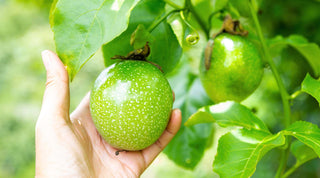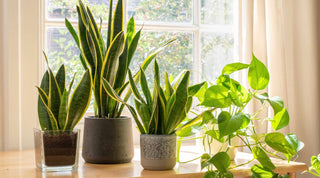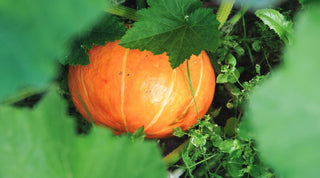Gardening enthusiasts and beginners alike often seek natural ways to enhance the health and productivity of their gardens. One of the key methods is through the use of organic fertilizers. Unlike synthetic options, organic fertilizers not only provide essential nutrients to your plants but also improve soil structure and its microbial activity. In this guide, we'll explore various types of organic fertilizers and how to use them effectively in your garden.
Bone Meal
Bone meal, a byproduct of the meat processing industry, is rich in phosphorus and calcium – essential for root development and flowering in plants. It is particularly beneficial for bulbs and root crops like onions and carrots. To use bone meal, apply it at the base of the plants during planting or sprinkle it around established plants, then gently work it into the soil and water thoroughly.
👉 Product we like: Down to Earth Organic Bone Meal Fertilizer Mix
Fish Emulsion
Derived from processed fish, fish emulsion is a fast-acting, nitrogen-rich fertilizer that is great for leafy greens and young plants. Its high nitrogen content encourages lush vegetative growth. However, due to its strong odor, it's best applied directly to the soil rather than foliage. Mix it with water as directed on the package and apply it to the soil every 2-4 weeks during the growing season.
👉 Product we like: Neptune's Harvest Fish and Seaweed Blend Fertilizer
Blood Meal
Blood meal is another high-nitrogen fertilizer, perfect for promoting rapid growth in plants. It's especially useful in balancing nitrogen levels in compost piles. Apply blood meal in small quantities as it's highly concentrated – too much can burn your plants. Sprinkle it on the soil surface or mix it into the planting holes for seedlings.
👉 Product we like: Down to Earth Blood Meal Fertilizer Mix
Bat Guano
Bat guano, or bat dung, is a versatile fertilizer with a balanced N-P-K (nitrogen-phosphorus-potassium) ratio. It can be used for all types of plants and is particularly effective as a soil conditioner. Apply bat guano directly to the soil or steep it in water to make a nutrient-rich tea. It can be used during planting or as a top dressing for established plants.
👉 Product we like: Down to Earth Organic Bat Guano Fertilizer Mix
Using Organic Fertilizers Safely
While organic fertilizers are derived from natural sources, they must be used responsibly. Always follow the recommended application rates on the packaging. Over-fertilization can lead to excessive leaf growth at the expense of flowers and fruits, and can even harm your plants and the environment.
Benefits Beyond Nutrition
Organic fertilizers do more than feed your plants; they enhance soil health. They improve soil structure, increase water retention, and encourage beneficial microbial activity. This leads to a more sustainable and thriving garden ecosystem.
Conclusion
Incorporating organic fertilizers into your gardening practices is a step towards sustainable and healthy gardening. Each type of organic fertilizer offers unique benefits, and when used correctly, they can significantly improve the health and yield of your plants. Remember to consider the specific needs of your plants and soil when choosing and applying these natural wonders.
By understanding and utilizing these natural fertilizers, you're not just nourishing your plants; you're participating in a cycle of life that supports the earth, the environment, and your garden in a holistic way. Happy gardening!



